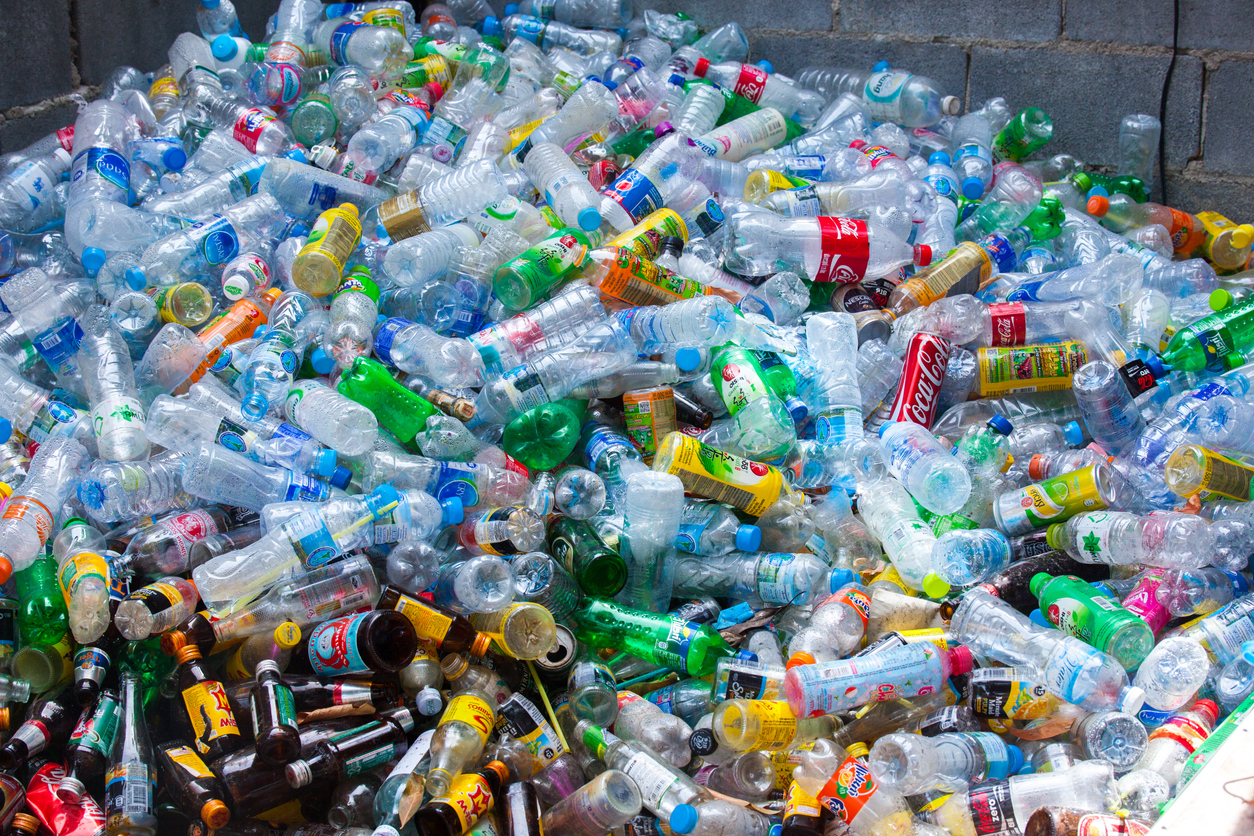
Is it even possible to live without plastic? One family took that question seriously—and turned their entire world upside down to find the answer. What started as a small challenge quickly became a full-blown experiment in sustainable living. From shopping habits to the smallest household routines, nothing was left untouched. But was it worth it? What did they gain, and what did they lose? If you’ve ever wondered what a plastic-free life actually looks like—messy moments, tough choices, little wins and all—this story will tug at your curiosity and your conscience. Who knows? You just might want to try it too.
Why One Family Said ‘Enough’

It didn’t start with a grand idea—it started with small, creeping guilt. Like many of us, this family noticed the plastic wrapping their groceries, the disposable packaging piling up after every takeout meal, and the synthetic materials lining their kids’ toys and bathroom shelves. It was everywhere—and it felt impossible to avoid. But after watching a documentary on ocean pollution, they decided to make a change. They didn’t have it all figured out—just a quiet resolve to try. This wasn’t about being perfect; it was about being intentional. Their journey into a plastic-free lifestyle began with curiosity, a bit of fear, and a whole lot of heart.
Step One: The Pantry Overhaul That Changed Everything
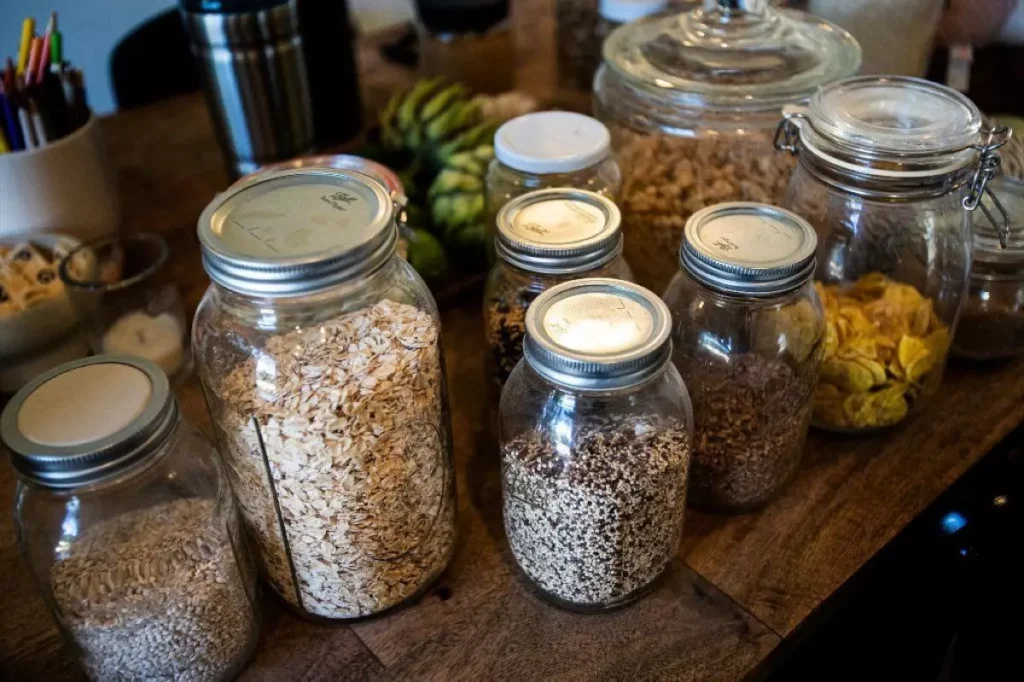
The first real confrontation with plastic happened in their kitchen. Every cupboard, every drawer, every shelf was loaded with plastic packaging—bags of snacks, plastic bottles of oil, cling-wrapped vegetables. It was overwhelming. They started with what they had, choosing to use everything up first instead of tossing it all out. Then came the real shift: shopping at bulk stores, bringing their own glass jars, searching for stores that supported package-free products. Suddenly, grocery shopping wasn’t just a chore—it was a mission. They had to plan meals more intentionally, research where to find certain staples, and occasionally go without something they used to consider essential. It required patience, a steep learning curve, and a lot more effort—but the results were eye-opening. Food tasted fresher, waste was reduced, and they found themselves reconnecting with the food they ate and the way they consumed it.
Swapping Out the Plastics We Ignore
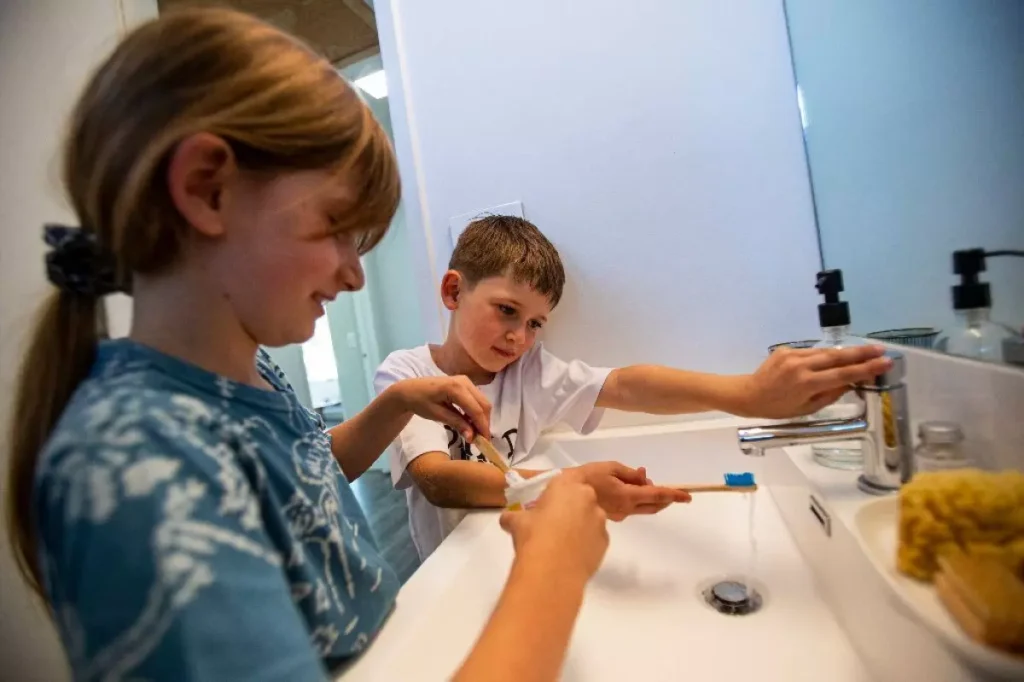
Once they’d tackled the kitchen, they turned their attention to the bathroom—and were hit with another reality check. Shampoo bottles, plastic razors, toothbrushes, feminine hygiene products, and even floss—all made from or packaged in plastic. It was one of the hardest areas to switch, because convenience had always ruled here. They tried shampoo bars, bamboo toothbrushes, and reusable safety razors. It was trial and error. Some products were amazing, others were disasters. But it opened their eyes to how much waste is produced in self-care routines—and how normalized it’s become. They had to adjust expectations, be okay with doing things differently, and sometimes spend a little more upfront. But expert views on sustainability confirm this is a high-impact area for cutting waste, and even small consistent swaps can significantly reduce your plastic footprint over time.
Kids and Plastic
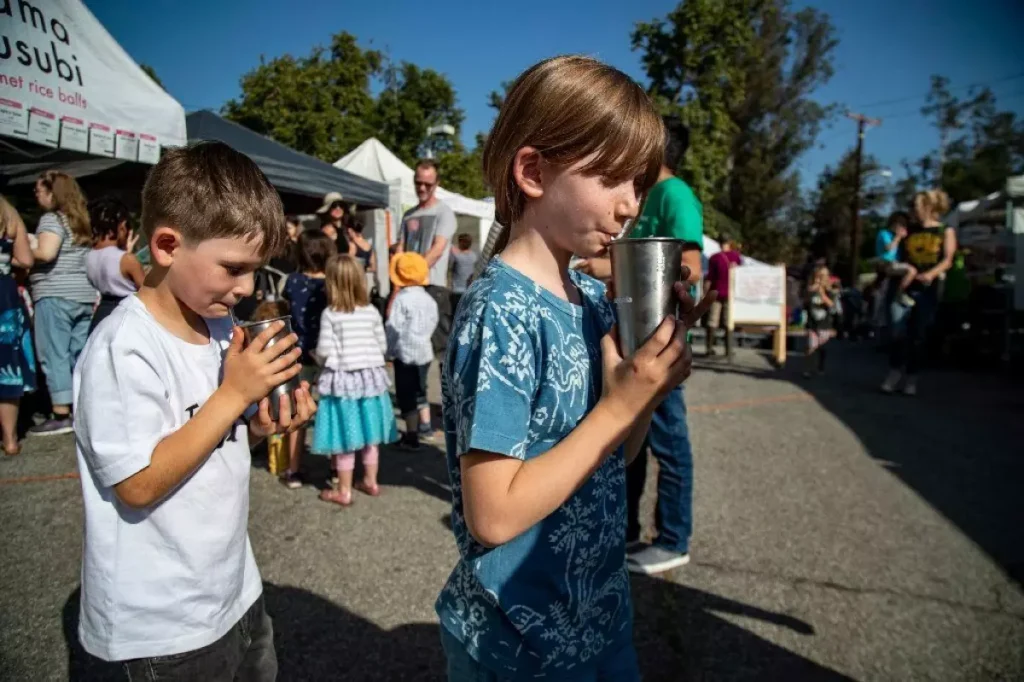
Parenting without plastic was one of the most emotionally charged parts of their journey. From birthday parties with balloon decorations and plastic-wrapped toys to school lunches and peer pressure, raising plastic-free kids was no easy feat. Their children initially felt left out—no shiny packaging, no colorful plastic gadgets, no cartoon-themed snack packs. It led to a few tantrums and tough conversations, but also surprising moments of growth. They got creative with DIY toys, hand-me-downs, and more intentional gift-giving. Lunches became vibrant with whole fruits, beeswax-wrapped sandwiches, and reusable containers. Experts emphasize how childhood consumption habits often last into adulthood, so modeling eco-conscious choices early on can shape lifelong values. While it wasn’t seamless, it brought the family closer and planted seeds of mindfulness their kids may carry forever.
The Social Cost
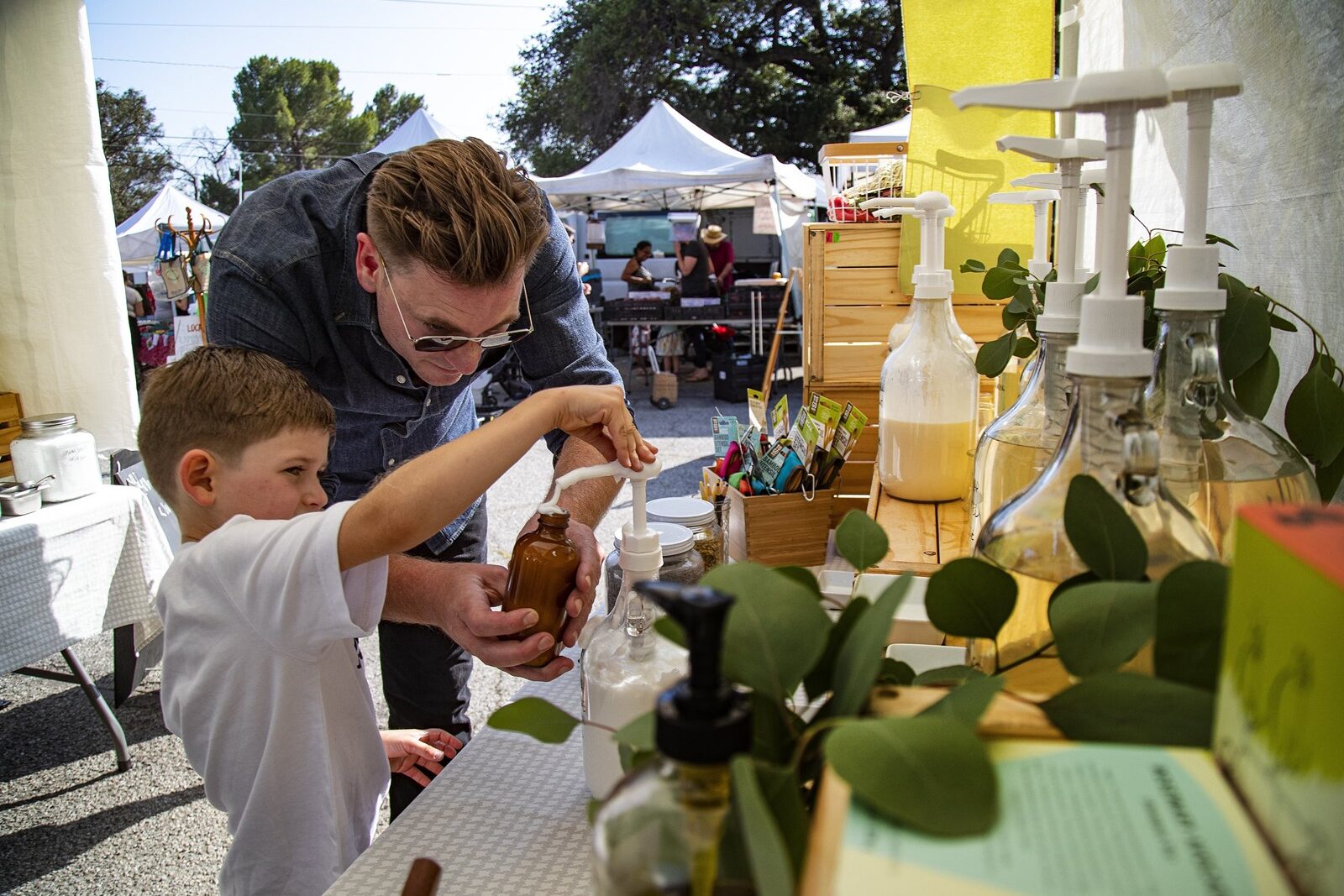
Living without plastic also meant navigating awkward social situations. Dinner invites turned into polite rejections when they realized how hard it was to explain their lifestyle without sounding preachy. Taking containers to restaurants drew curious stares. Saying “no” to party favors, fast food, or convenient snacks felt isolating at times. They weren’t trying to be difficult—they just didn’t want to compromise their values. Experts in environmental psychology often highlight how lifestyle shifts can cause friction in social circles, but also create a sense of purpose that makes the discomfort worth it. Over time, their network either adapted or grew to include others who shared their mindset. It wasn’t about being perfect—it was about being honest, consistent, and compassionate toward both the planet and the people around them.
Fashion and Fabric

Plastic doesn’t just come in bottles—it lives in our closets too. Polyester, nylon, and acrylic are all synthetic fabrics made from plastic. Realizing this was a curveball for the family, especially since fast fashion had been part of their normal routine. They began to explore natural materials like cotton, hemp, wool, and linen. Thrift shopping became a weekend ritual, and repairing old clothes turned into a bonding activity. It wasn’t glamorous, but it felt right. They learned to value longevity over trendiness, and comfort over brand names. Experts in sustainable fashion agree that slowing down clothing consumption and avoiding plastic-based fabrics is one of the most effective ways to reduce your ecological footprint. This part of their journey taught them how deeply our identity is tied to our stuff—and how freeing it can be to let that go.
When Zero Waste Isn’t So Zero
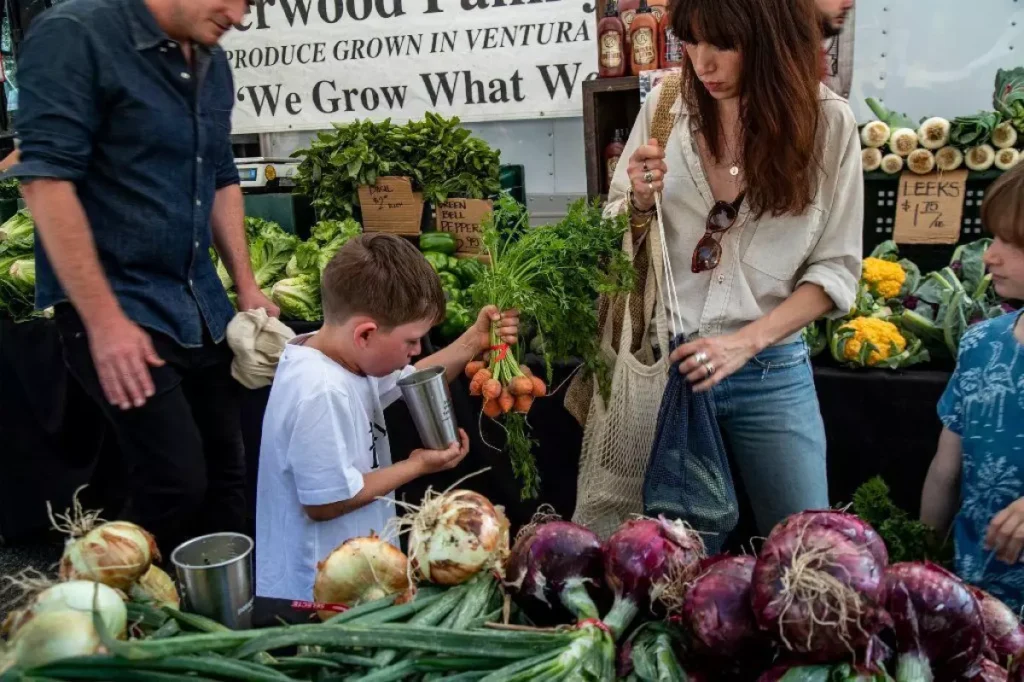
One of the most humbling parts of the journey was realizing that “zero waste” doesn’t mean no waste. It means less waste, and that distinction matters. They still produced trash, despite their best efforts. Sometimes the only option was something wrapped in plastic. Sometimes deliveries came with hidden packaging. Sometimes they made mistakes. But instead of giving up, they embraced transparency. They kept a visible “trash jar” to track their plastic waste—a visual reminder of both their progress and their limits. Experts note that guilt can derail sustainability efforts, but reframing imperfection as part of the process helps people stay committed long term. This lesson grounded them in realism and showed them that striving is more powerful than succeeding perfectly.
Why It Was Never Just About Plastic
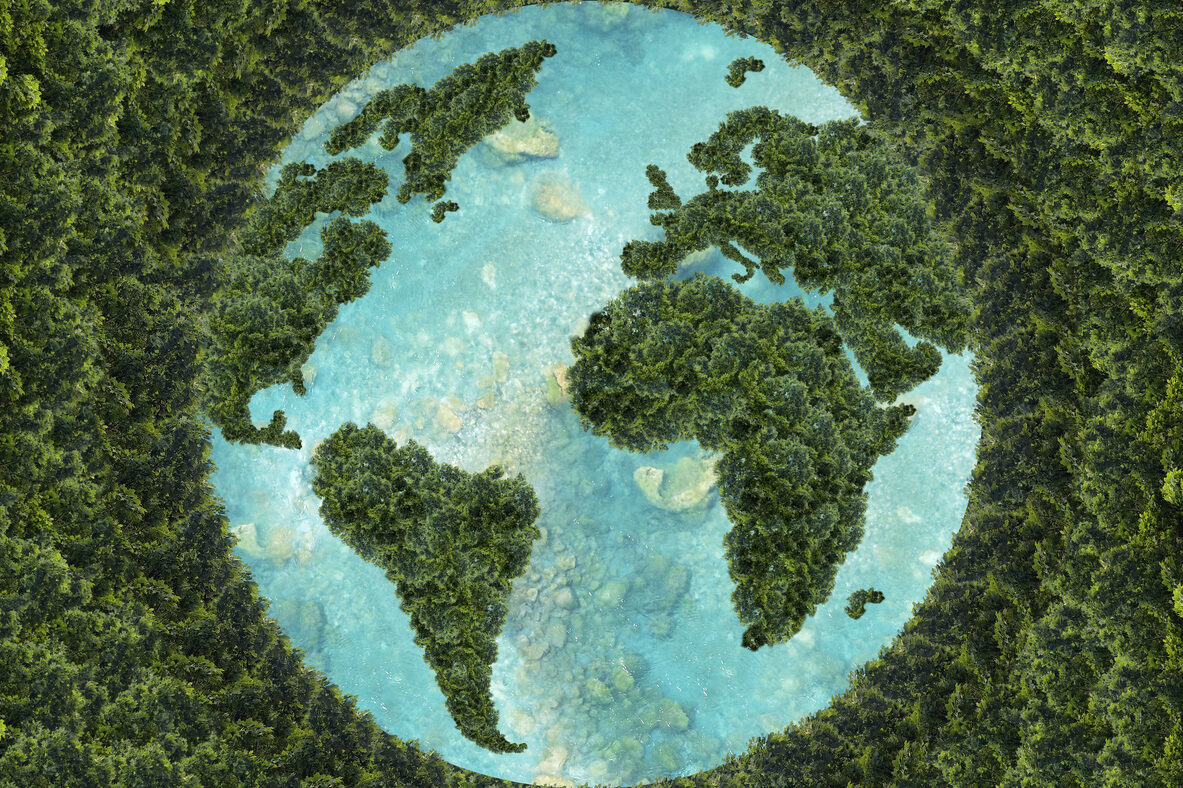
By the end of the year, the biggest transformation wasn’t their home—it was their mindset. Living without plastic forced them to slow down, be intentional, and question every decision. It wasn’t about replacing plastic with trendy eco-products; it was about consuming less overall. They became more tuned in to their values, their time, and what truly mattered. Their life felt quieter, simpler, even richer in ways they didn’t expect. Sustainability experts often say that plastic is just the gateway—the real change happens when you begin to see your life as part of a bigger ecosystem. And that’s what this family found: a deeper connection to the earth, to each other, and to the choices that shape both. They didn’t just reduce plastic. They redefined enough.


